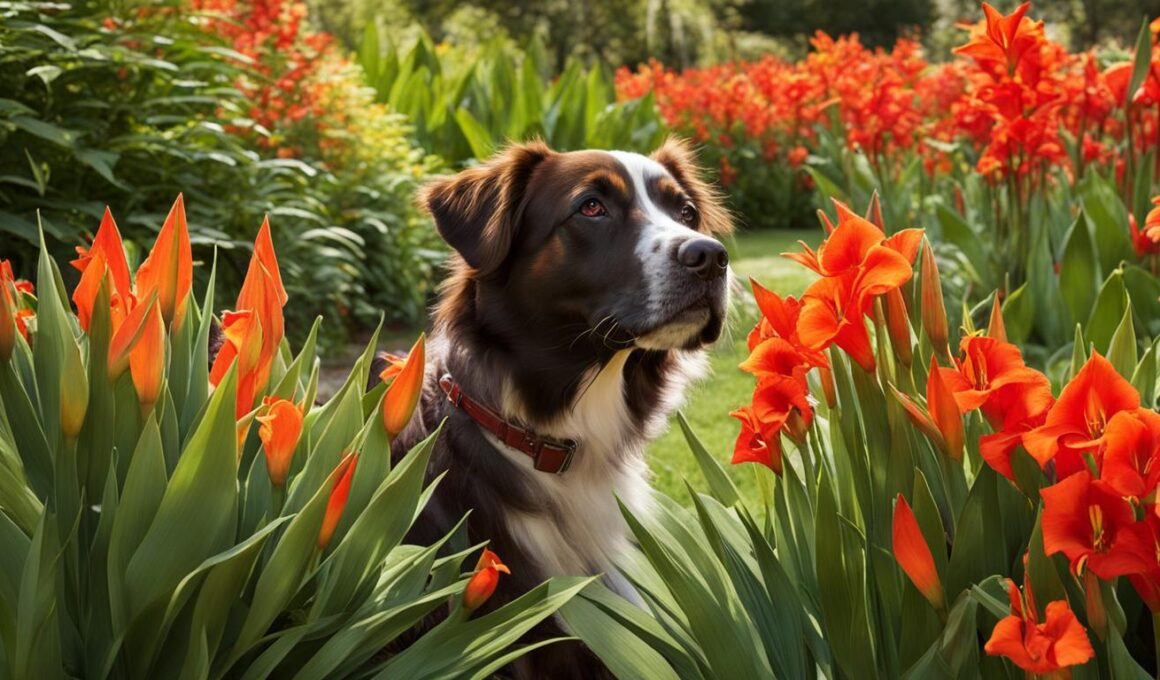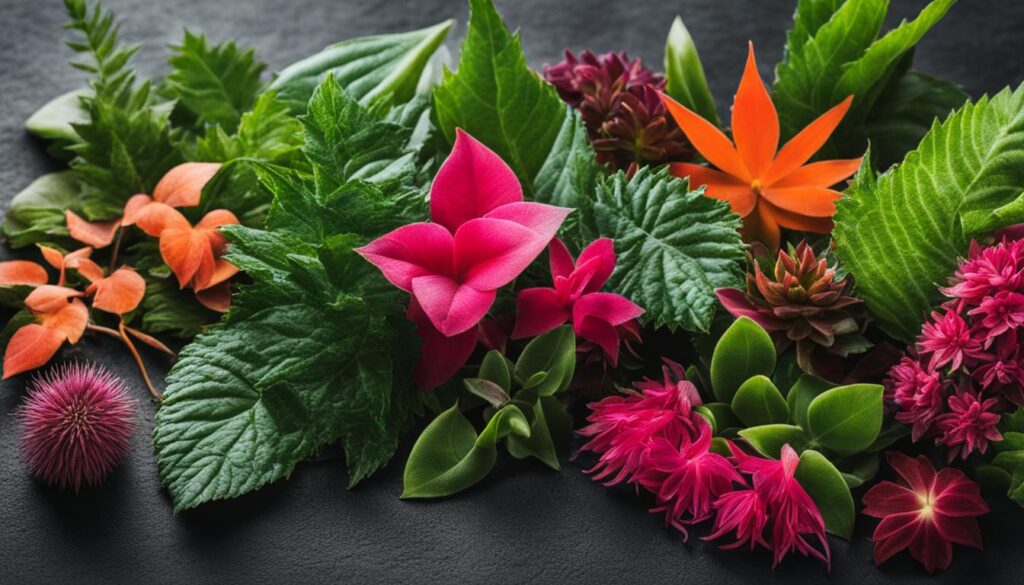When it comes to our furry friends, their safety and well-being are always a top priority. If you’re a dog owner and enjoy gardening, you might be wondering if canna lilies pose a threat to your beloved pet. In this article, we will explore the potential risks of canna lilies to dogs and provide you with important information to keep your canine companion safe.
According to the American Society for the Prevention of Cruelty to Animals (ASPCA), canna lilies are generally safe for dogs and are not considered poisonous. However, it’s essential to be cautious as ingestion of canna lilies can still lead to some problems. Symptoms such as upset stomach, diarrhea, and vomiting may occur if your dog consumes these plants.
It’s crucial to note that canna lilies can be easily confused with toxic lilies that have similar names. Therefore, if you have other types of lilies in your garden, it’s important to be able to differentiate between canna lilies and toxic varieties to ensure your dog’s safety.
Next, let’s explore some common plants that are known to be poisonous to dogs, so you can be aware of potential hazards in your garden.
Common Plants Poisonous to Dogs
When it comes to keeping your furry friend safe, it’s important to be aware of common plants that are poisonous to dogs. While many plants add beauty to our surroundings, some can pose a danger to our canine companions. Here are some commonly found plants that can be toxic to dogs:
- Aloe Vera: Ingestion of aloe vera can cause gastrointestinal issues and electrolyte loss in large quantities.
- Elephant Ears: These plants contain calcium oxalate crystals that can irritate the mouth and gastrointestinal tract if consumed.
- Poinsettias: While these plants are popular during the holiday season, they can cause mild signs of illness and skin irritation in dogs.
- Tomato Plants: The green parts of tomato plants, including the vines, contain solanine and can cause severe gastrointestinal issues if ingested.
- Iris Plants: These beautiful flowers can cause irritation when eaten or even when touched by dogs.
While the above-listed plants are noteworthy, there are also other common plants that are toxic to dogs, including begonias, azaleas, hostas, chrysanthemums, ivy, morning glory, carnations, and tulips.
It’s important to familiarize yourself with these toxic plants to ensure the safety of your furry companion. Keeping them out of reach or avoiding them altogether can help prevent any accidental ingestion that could lead to illness or discomfort.
Preventing Poisoning
To minimize the risk of poisoning, consider the following precautions:
- Keep toxic plants out of your dog’s reach, both indoors and outdoors.
- Regularly inspect your living spaces and remove any potentially harmful plants.
- Supervise your dog while outdoors, especially in areas where toxic plants might be present.
- If you suspect your dog has ingested a toxic plant, contact your veterinarian immediately for guidance.
Safe Alternatives to Poisonous Plants
If you want to create a beautiful garden that is safe for your furry friend, there are plenty of safe alternatives to poisonous plants. Not only will these plants add color and vibrancy to your outdoor space, but they will also give you peace of mind knowing that they won’t harm your beloved dog. Here are a few safe plant options to consider:
- Basil: This versatile herb is not only safe for dogs but also has various health benefits. Whether you use it for cooking or as a fragrant addition to your garden, basil is a great choice. Just be careful not to overdo it, as excessive consumption may upset your dog’s stomach.
- African Daisies: These bright and cheerful flowers are a fantastic addition to any garden. African daisies come in vibrant yellow hues and are completely safe for dogs if ingested. You can enjoy their beauty and let your dog roam freely without worrying about any toxic effects.
- Spider Plants: Known for their air-purifying properties, spider plants are also non-toxic to dogs. They make excellent indoor plants, adding greenery to your home while keeping your furry companion safe. However, it’s worth noting that ingesting spider plants may cause an upset stomach for some dogs, so monitor your pet’s behavior if they show interest in these plants.
When choosing plants for your garden, it’s essential to research and prioritize the safety of your dog. Consider optio img safe alternatives that will bring joy to both you and your furry friend, without the risk of toxicity. By incorporating these pet-safe plants, you can create a beautiful oasis where you and your dog can relax and enjoy the outdoors together.
Conclusion
While canna lilies are not considered poisonous to dogs, it’s important to exercise caution. Ingestion of canna lilies can still lead to gastrointestinal issues such as upset stomach, diarrhea, and vomiting. To ensure the safety of your furry friend, be aware of the difference between canna lilies and toxic lilies with similar names.
Moreover, there are several other common plants that are poisonous to dogs. Aloe vera, elephant ears, poinsettias, tomato plants, iris plants, and many others can pose a risk to your dog’s health if ingested. It’s crucial to familiarize yourself with these plants and keep them out of your dog’s reach.
If you want to create a pet-friendly garden, consider planting alternatives that are known to be safe for dogs. Basil, African daisies, and spider plants are examples of dog-friendly plants that can still add beauty to your outdoor space. Always do your research and consult professionals to ensure the safety of the plants in your dog’s environment.
Can Animals Depend on Canna Lilies for Food or Shelter?
Yes, animals and plants interdependence is evident in the case of canna lilies. Some animals depend on canna lilies for food, as they eat their seeds or tubers. Additionally, the thick foliage of canna lilies provides shelter for small animals, such as insects and amphibians.










